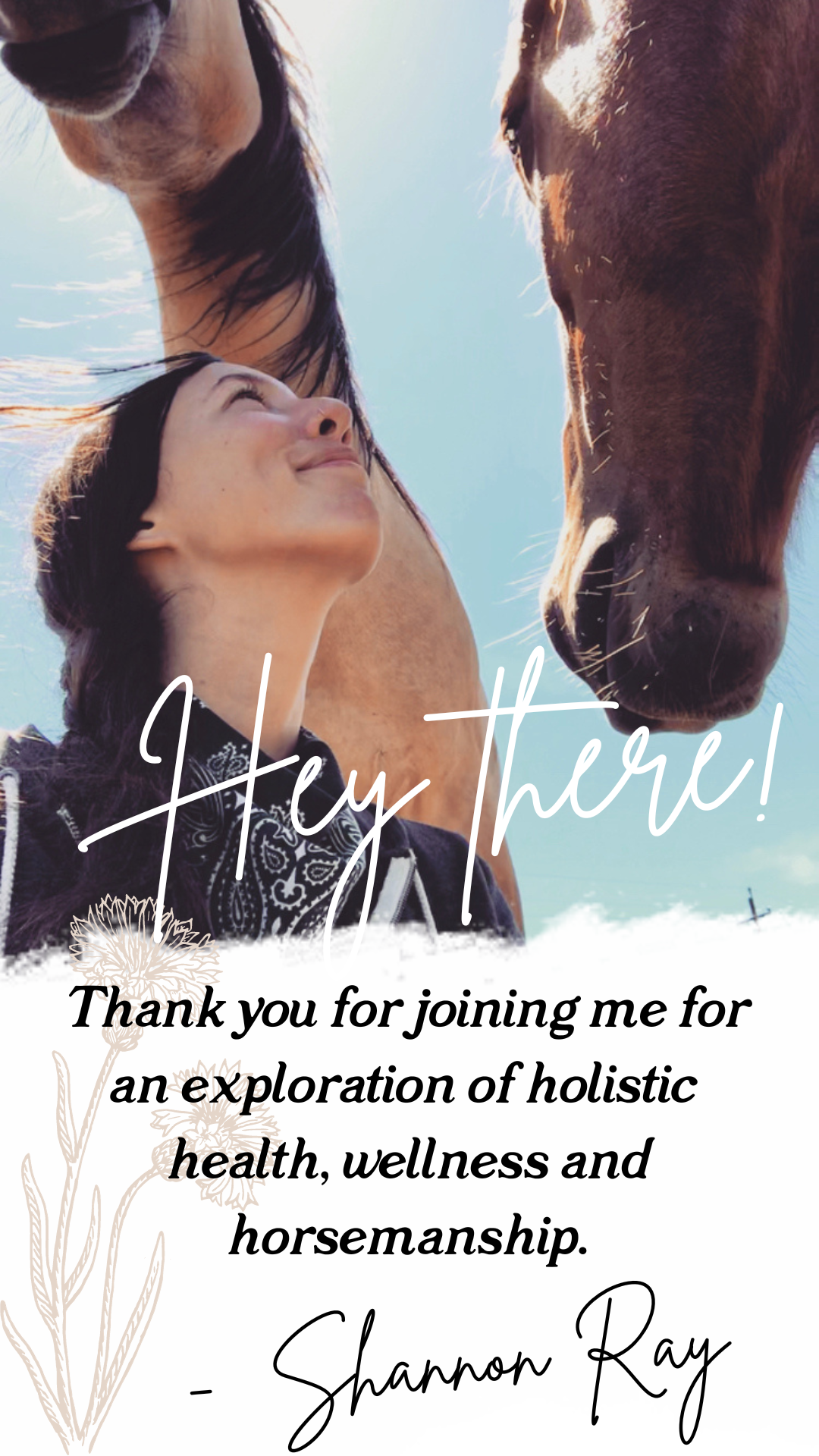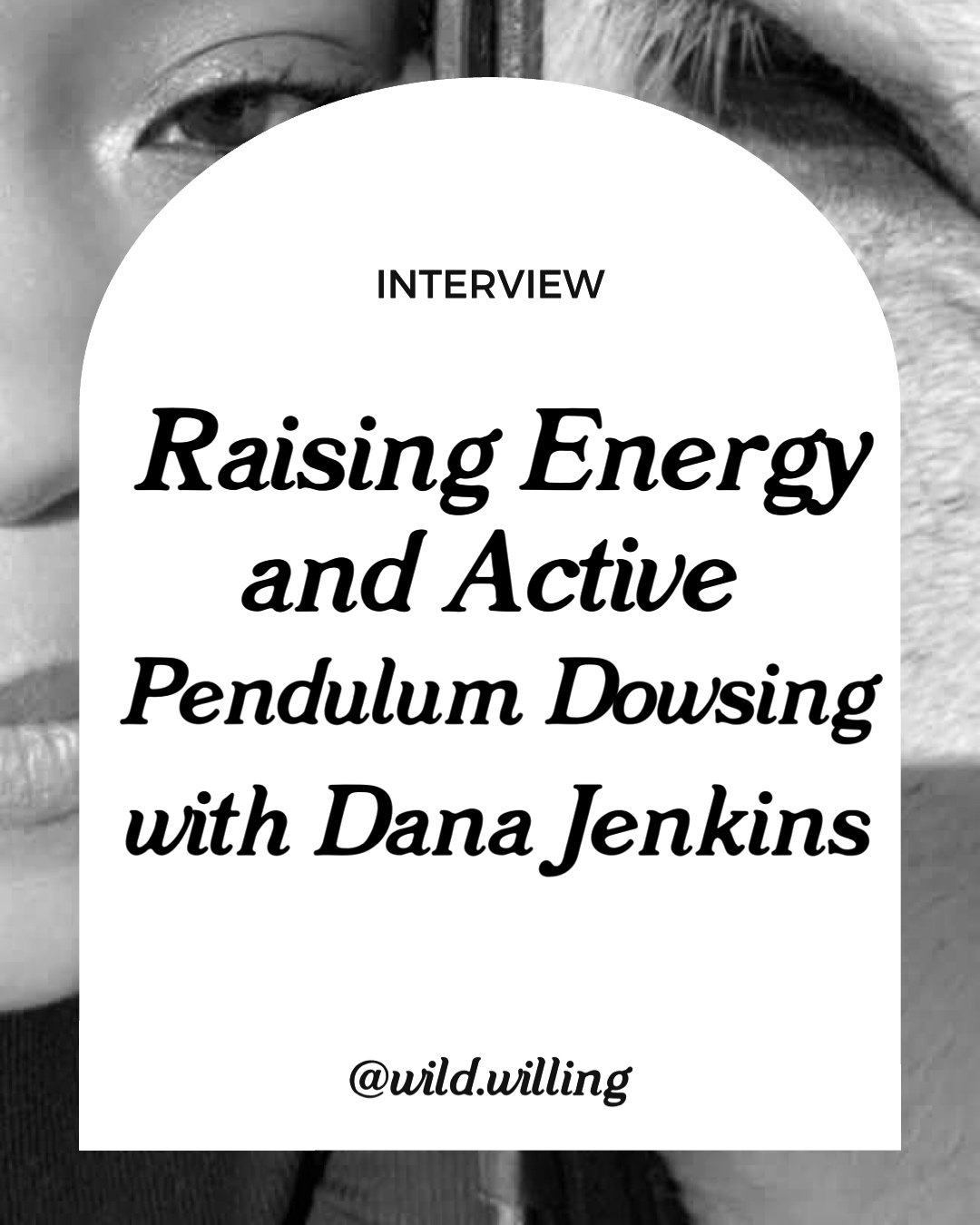How Breathing Regulates Our Emotions
Breath is our first medicine. We can go days without water, weeks without food, but only minutes without breath.
Breathing is the most vital process, and perhaps most underestimated catalyst for healing in our body. We are wired to sustain our breath whether we concentrate our efforts on it or not. Our respiratory and nervous systems are beyond brilliant, for when we cease the moment and focus on our breathing, the results are also stunningly beautiful.
There are many kinds of breathing techniques that simulate control of our inhalation and exhalation to achieve different results, such as increased relaxation, circulation or energy, and release of toxins. These practices are called Pranayama in Sanskrit, prana meaning 'breath' or 'energy' and yama meaning 'control'. While the more pranayama exercises the merrier, today I am going to talk about one exercise that is so simple even animals can do it along with us.
Take a Deep Breath
Every moment, and every breath is an opportunity to change, however it is in our best interest to change. For that reason, this simple exercise is my favorite breathing exercise because we get to tap in and decide for ourselves what we need to get back in balance. Medicine for everyone, pranayama is cooling and nourishing as it fills you up with fresh oxygen, our bodies best anti-inflammatory and aids in cleansing as you exhale carbon dioxide and rid the body of waste. You can practice this for just one minute, or for hours if you desire, it's fully up to you. You can practice this seated, lying down, or standing. Begin by focusing on expanding your belly slightly with every inhale you take, while being mindful of what nourishes you, and what you are receiving that is nourishment in this moment. And with every exhale you take, pull your belly button in slightly toward your spine, and be mindful of where in your body you feel tense, if there is an emotion or a thought related to the tension, and how you are releasing the stress in this moment. Do not try to hold your breathe, only do what is comfortable and keep energy flowing. Every breath is an opportunity to receive nourishment, as well as release stress from the body.
Redefining What Inspires Us
Inspiration in relation to the respiratory system refers to the inhalation of oxygen. This parallel in itself makes pranayama my go-to exercise whenever I feel stuck, unclear about my direction, or burnt out. What I love most about the function of the respiratory and nervous system is that when we talk to spirit, pray or voice something that is weighing on us, or that we intend to change, we are working directly with the magical powers of our breath, whether we are conscious of it or not.
There is a reason why in Ayurveda, breath is seen as the first step on our healing journey, no matter what makes us suffer. The five elements, beginning with ether (empty space) represents the manifestation of energy, or prana into matter. Ether can be seen as the seed, containing the blueprint for life, whatever it looks like. Moving from ether into the next element, in order to bring the seed to life we need change, and in the form of air, change comes. Air then enkindles fire, and fire transforms water, and water then gives shape to earth. And then the cycle begins again. The elements are dependent on one another for life to maintain its balance. And returning to the beginning of the cycle, ether represents the unseen, an inspired thought or feeling that comes out of nowhere. Here's where the cycle reveals itself at work in our daily lives. When we feel this spark of insight, whether it's positive or negative, it makes no difference, and we hold on to it too tightly, it then makes its way through the elements to transform into matter. When we are not connected to our breath, or unable to take a full, deep inhale, exhale to release what is making our breath constrict, what was once a seed of some idea becomes rooted in the physical, within our bodies.
None of us have to learn how to breathe, but it helps to practice conscious breathing techniques to clear our paths of any debris. Especially as we age, we forget how good a full inhale, exhale can feel when we need to process something. When we are children, we think nothing of offending someone with a deep sigh or frustrated exhale because it helps us release and regulate our emotions. The trouble is that somewhere along the way, we are taught to hold our breath and bottle up what we are feeling. The saying 'if you don't have anything nice to say, don't say anything at all' does more harm than good for our bodies innate urges to release stored emotions. The good news is, there's still time to give voice to this healing process and let it out! And better yet, if you've ever practiced breathing exercises around other people or animals, you may have noticed one of the greatest benefits of pranayama: when one person focuses on expanding and deepening their breath, everyone around them starts breathing more deeply too, naturally. When you breathe deeply, we all benefit.
My biggest motivation to share this post is my experiences working with my breath to get my through stressful situations, which in the moment may seem to be beyond what I can handle. I have observed that when I hold my breath, my ability to think clearly and respond calmly is greatly compromised. Especially when I work with animals who are anxious or aggressive, connecting to my breath to increase oxygen levels, circulation and relaxation is a vital practice to help me, and the animal I'm working with feel safe. It's ok to have your breath taken away, but don't let yourself lose it since it's truly the simplest, sweetest way of empowering our minds, cleansing our souls, and soothing our pains.















